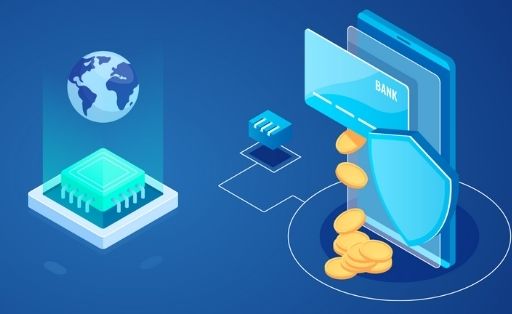In 2020, the fintech sector saw game-changing developments and accomplished objectives that would have taken years to attain. While the epidemic may be fading, the Fintech sector shows no signs of stopping. The epidemic has altered people’s interactions with financial services, hastening new digital financial solutions. The worldwide fintech sector is projected to expand by 23.41 percent this year alone, reaching $324 billion by 2026.
However, with the fast-paced developments in the fintech sector, financial service providers seek guidance on remaining one step ahead. With technology revolutionizing products and services, outsourcing professional accounting services has never been a better option. Relevant Software, a software development firm, has highlighted recommendations from six fintech experts on themes separating the Fintech industry’s leaders from the laggards. Let us now go into the specifics.

Contents
Finance Goes Autonomous
Autonomous finance is at the top of the list of notable fintech breakthroughs. Juggling employment, utility bills, insurance, and TV subscriptions, among other things, can be exhausting. With Artificial Intelligence (AI) and Machine Learning, autonomous finance removes the load off customers’ shoulders and automates the financial decision-making process. As more individuals attempt to make more time, recurrent chores will be delegated to fintech solutions.
Emerging Open Banking
Traditional banks are best known for keeping people’s money secure. With more financial education knowledge, more individuals prefer to invest their money rather than keep it in the bank. Third-party financial institutions are giving conventional banks a run for their money to provide flexible high-income-generating assets. Customers are taking advantage of it via open banking.
Open banking allows third-party financial service providers to access customer banking data through Application Programming Interfaces (APIs) for investment reasons that the consumers have agreed to. Although there are security worries about disclosing customers’ data in open banking, losses may be avoided if all parties involved work together.
Banks Go Exclusively Digital
Long lines at the bank are a pain in the neck for the majority of customers. Despite the availability of internet banking, owing to the limits of the online services, there are still lines at the bank. Until the epidemic struck, the complete abolition of physical interactions for financial transactions appeared far-fetched. Access to money essentially becomes a survival need that traditional banking could not fully fulfill. According to McKinsey’s research, digital payment is one of the essential fintech products.
New generation financial institutions stepped up to the plate using fintech technologies to provide accessible digital-only banking services that did not need physical interaction. Consumers benefit from increased competition among financial institutions in delivering digital-only banking services since they have many tempting offerings to select from.
Increased Focus on Financial Literacy
The consumer’s degree of financial literacy has an impact on their money, either favorably or adversely. According to a Bankrate study, an average American family has $8,863 in bank or credit union savings. Younger individuals and those who are unmarried have fewer savings. Similarly, 55 percent of respondents in a recent survey said they do not have enough money to meet their requirements. If customers were more educated about their money, the situation would very likely be different.
Fintech solutions are excellent financial literacy tools. Thanks to big data gathering, consumers with poor finances may benefit from others who have their money in order. There are fintech solutions available to assist consumers in making wise financial choices by providing them with essential financial knowledge.
Voice in Tech
Convenience is a buzzword in fintech, and innovators are eager to provide customers with the best. Generation Z is at the forefront of technological developments. Customers find appealing products become immediate hits, and fintech is capitalizing on this trend by incorporating speech technology into its solutions. Young people who like talking are leaning toward voice-based technologies in their online interactions.
Fintech voice assistants powered by AI provide ease and simplicity in performing financial activities. With the use of biometric data for payment authorization, voice technology also improves safe payments.
Embedded Finance
By 2030, embedded finance will provide Fintechs with new digital possibilities of more than $7.2 trillion. This number is anticipated to rise as more non-financial businesses integrate financial services to create new products and enhance the end-user experience.
“Embedded credit is unquestionably on the increase. And I believe there will be much more innovation in the embedded finance space,” Robert Pasco forecasts.
Embedded finance solutions-payments, credit, insurance, and investments will fundamentally alter how individuals do business. Anticipating this transition will assist Fintechs in making strategic choices about whether to capitalize on this market or be displaced by new rivals.
Fintech opportunities abound as innovation thrives on ever-evolving technology. Consumers want to do more with their money, and fintech solutions are rising to the occasion. Fintech trends are quickly becoming the norm in financial markets, with a track record of providing relevant financial information, payment security, and quick and transparent transactions, among other things.
